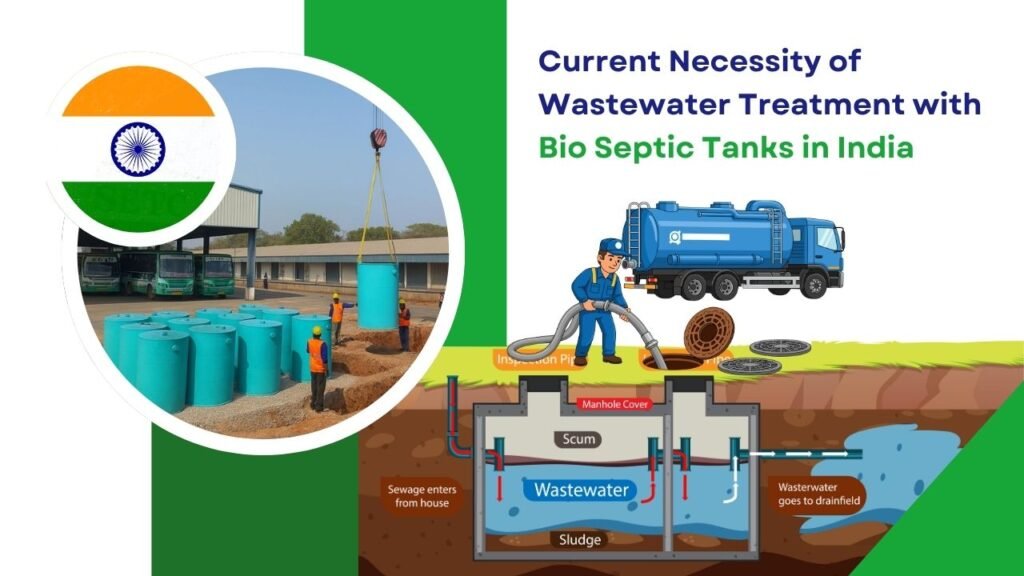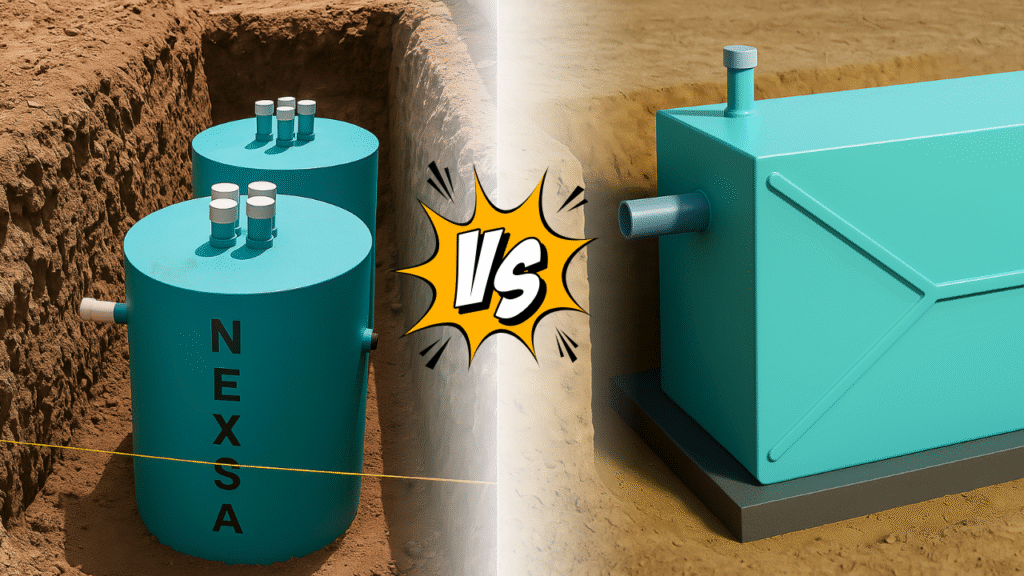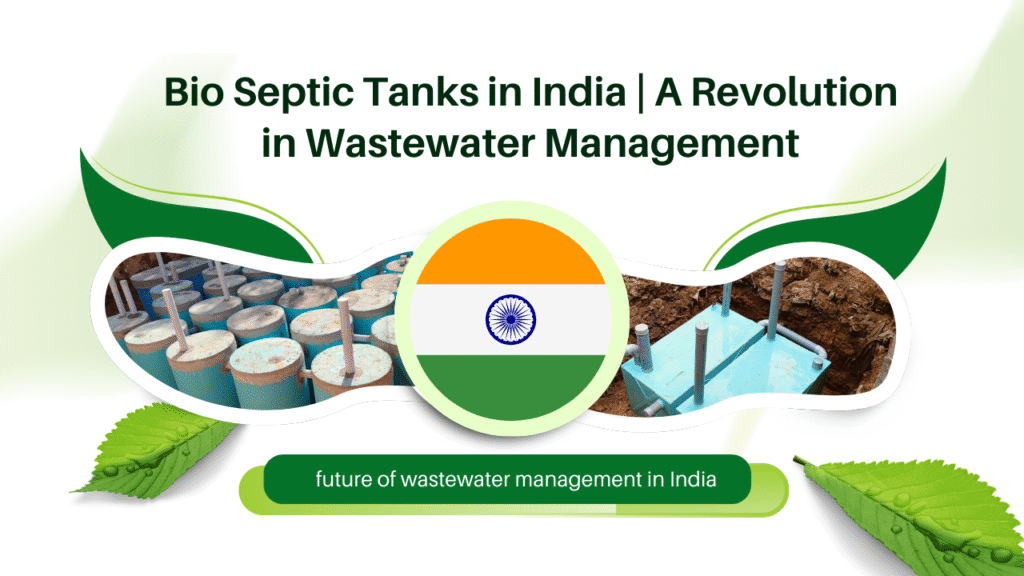Blogs
Homepage > Blogs
Simple Tips & Green Ideas from Nexsa
Latest news and practical guidance on bio septic tanks & wastewater treatment.
Useful Links
About us
Our Mission, A World Powered by Renewable Energy
Copyright © 2025 Nexsa Bio. All Rights Reserved.






